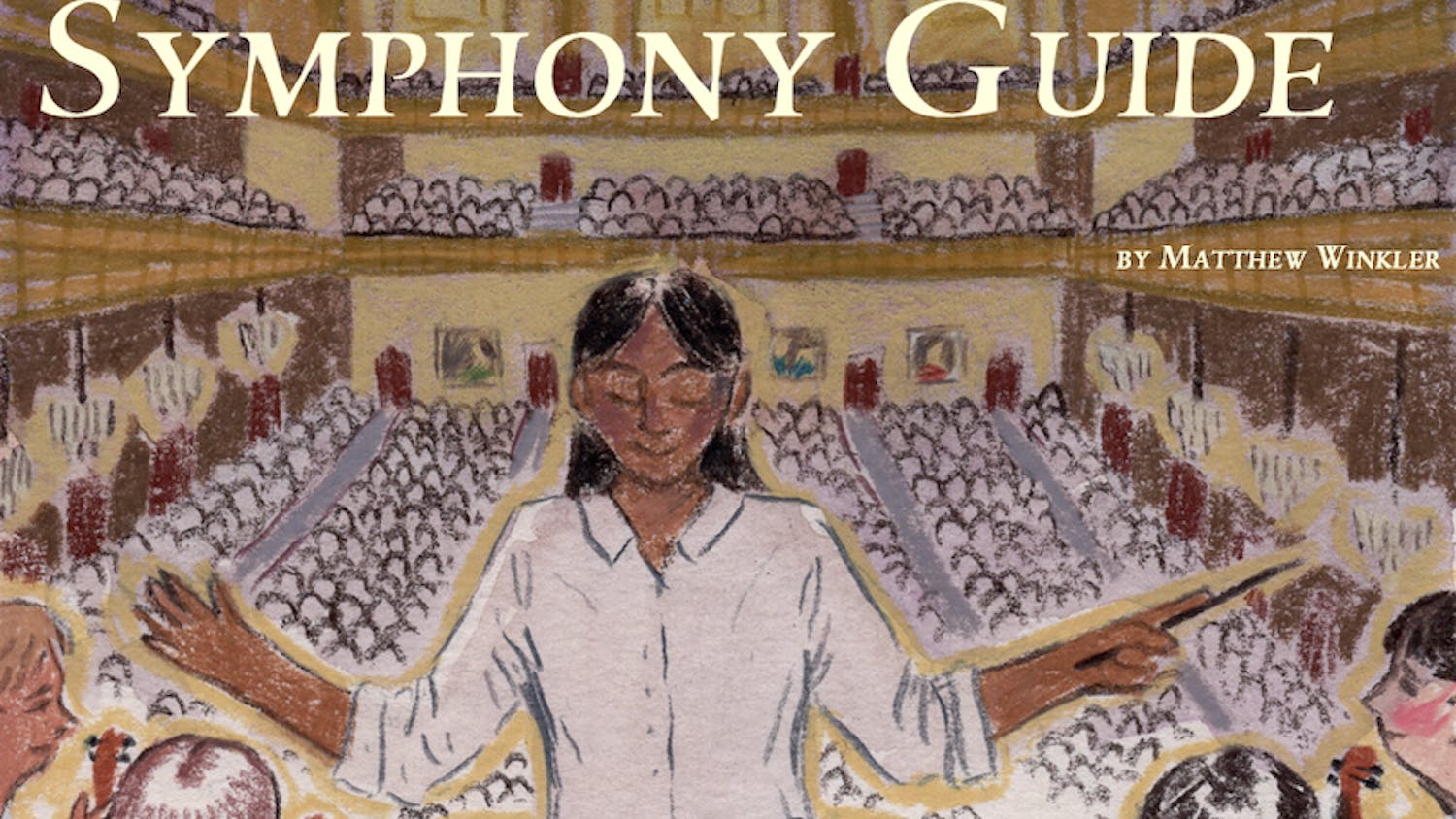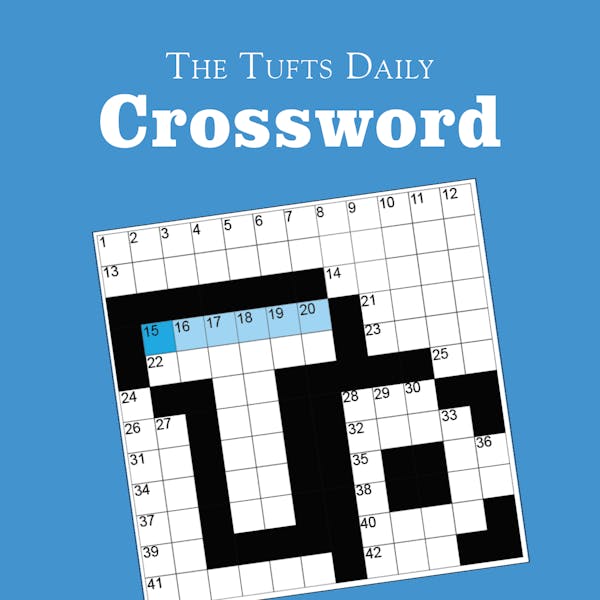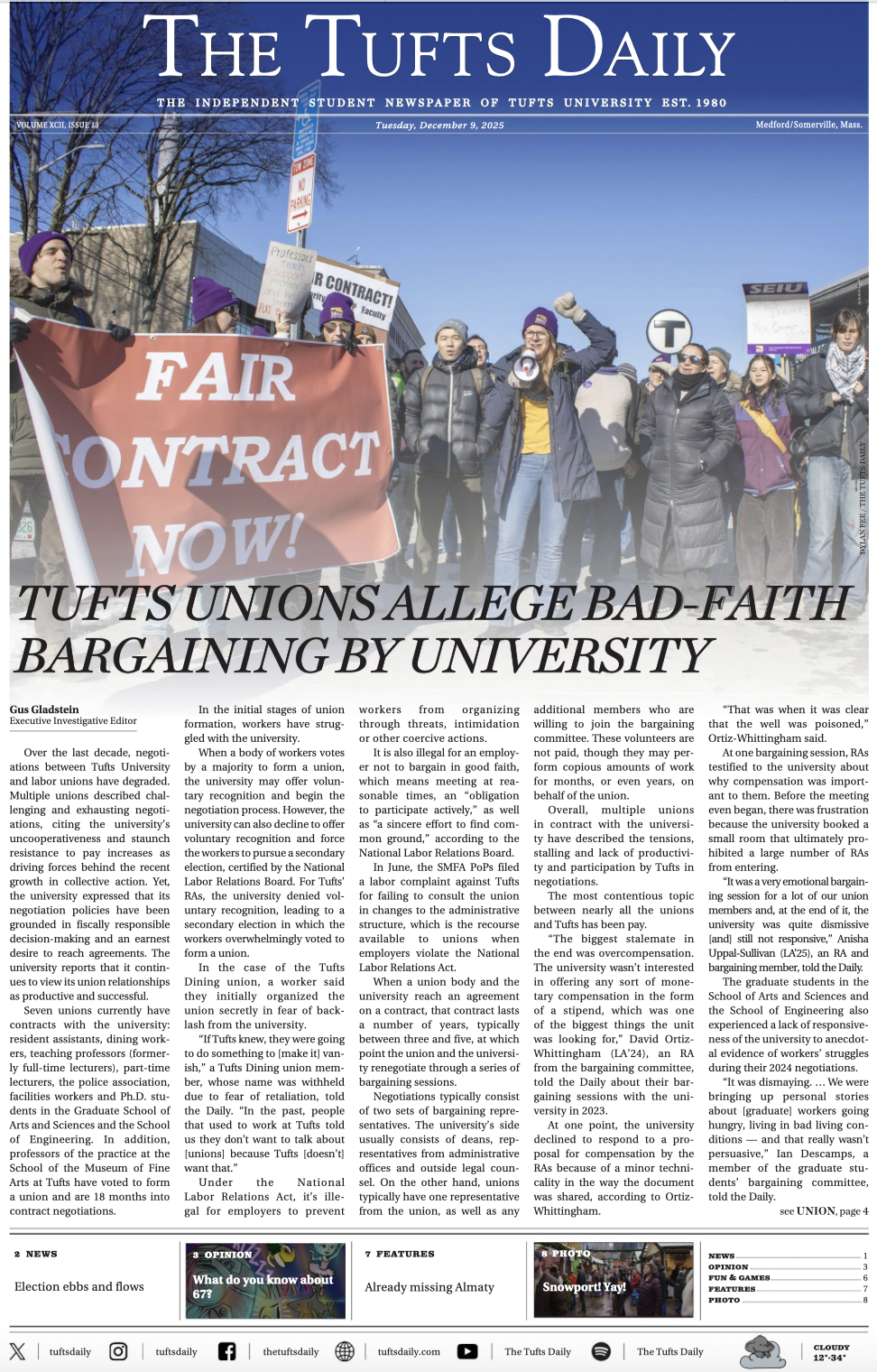This piece is the first in a two-part series examining the history behind Shepard Fairey's work on the Tufts campus.
One frigid day in January, Institute for Global Leadership director Sherman Teichman and Dwijo Goswami, one of the students in his EPIIC class, put on their parkas and went searching for a big, flat space.
They were looking for a place on campus where street artist Shepard Fairey, made famous for his iconic Barack Obama "Hope" image, could paste a mural. They found a brick wall by a couple of dumpsters outside of the campus center. Fairey pasted a mural on the wall that would soon be destroyed.
--Scroll down to read the rest of this article--
Six months later, Fairey was in town for the closing of his smash-hit career retrospective at the Institute for Contemporary Art (ICA) in Boston. Along with members of his Obey Giant team, he returned to the wall -- then bare after a semester of cold weather and controversy -- to restore the work.
The new mural belies a strange story that has evolved over the past six months and draws attention to the role of public space and self-expression at this university. The original mural sparked a discussion about the difference between public art and graffiti, and opened the wall to actions and dialogue unexpected and unapproved by the entities that had brought it to campus in the first place.
Pedro Alonzo, the curator of Fairey's ICA show, explained that the original campus center mural was part of an attempt to bring the exhibition onto the streets of the city. He was on a search for walls when Teichman called, hoping he would speak on a panel at the 2009 EPIIC Symposium on Global Cities. Alonzo was unable to do so, but asked Teichman if Tufts had any nice, open walls. President Larry Bacow and other senior administrators soon joined the conversation."We were unanimously interested," said Amy Schlegel, Director of Galleries and Collections for the Tufts University Art Gallery.
On January 24th, 2009, Fairey and his team, along with Alonzo, used wheat paste glue to apply Fairey's paper panels, featuring imagery of a female soldier, a woman in a headscarf, a palm with peace signs and Fairey's Andre the Giant image.
The installation introduced street art and the social dialogue inherent in the medium into a university where public art is relegated mostly to the occasional inter-club dispute over who gets to paint the cannon.
"[Fairey] wants to wake people up about their environment and use of public space, and at the same time he wants to question the use of public space," explained Alonzo.
Daniel Abramson, Associate Professor and Chair of Art History, who focuses on architecture and urbanism, said that the Fairey's work left a different mark on campus than would work of a more canonized genre. "Most artists communicate best with each other and most of us don't have access to that," said Abramson, "but Shepard Fairey reaches out to people more."
Unfortunately, the mural began to come down almost as quickly as it had gone up. Alonzo blamed the weather. "When you do a mural with the paste that Shepard uses and it's too cold, nothing will stick properly," he explained. "A bed of snow on top of the wall melted, and that helped peel the paper so it couldn't stick."
Pieces of the work started disappearing, as the murals edges frayed and full panels were ripped from the wall.
"The mural was in bad shape," remembered Alonzo, "so it kind of invited people to do things to it."
At the time, Milan Kohout, a Czech artist expelled from his native country after his work incensed secret police there, was teaching an Ex-College titled "Guerilla Performance Art." He encouraged his students to reflect on the campus's response to the mural in relation to what they felt its intended purpose to be.
"To put artwork in public spaces at Tufts is to endeavor to start more accessible and far-reaching conversations," reflected senior Chloe Zimmerman, a member of the class.
One member of the class felt the conversation had not gone far enough. "It is very plain to see that after Fairey's initial so-called ‘guerilla' postering, the buzz around campus was distinctly lacking and the issues Fairey claimed to represent were simply not being discussed, such as the Iraq War and women's rights," said a member of the class who asked to remain anonymous.
About a month after Fairey's mural first went up, Kohout's students pasted their own posters over the then-deteriorating mural, intending to stage a performance to fuel discussion. The posters depicted political subject matter from abortion rights to gay rights.
Zimmerman explained that the class was trying to challenge and build upon the potential they saw in Fairey's work to spark public discourse.
"It was not so much about an intention to ‘claim' a space, but more about trying to confront the student body with discussions that everyone would have access to, even if not everyone would choose to participate," Zimmerman said.
The class' actions touched off a campus-wide controversy over who the wall belonged to and whether what was happening on was art or something else entirely.
Art History Professor Zavala explained that interaction between different artists in the same space is not uncommon. "There is a long history of this, particularly in the arenas of community murals or graffiti. Some artists welcome interventions and dialogue of this sort, others do not."
"Overall, I would say Fairey invites this kind of continual evolution of his message through association to other images in the public space," added Zavala, with a stipulation that the nature of dialogue the class intended to incite may not have been clear to the campus community.





